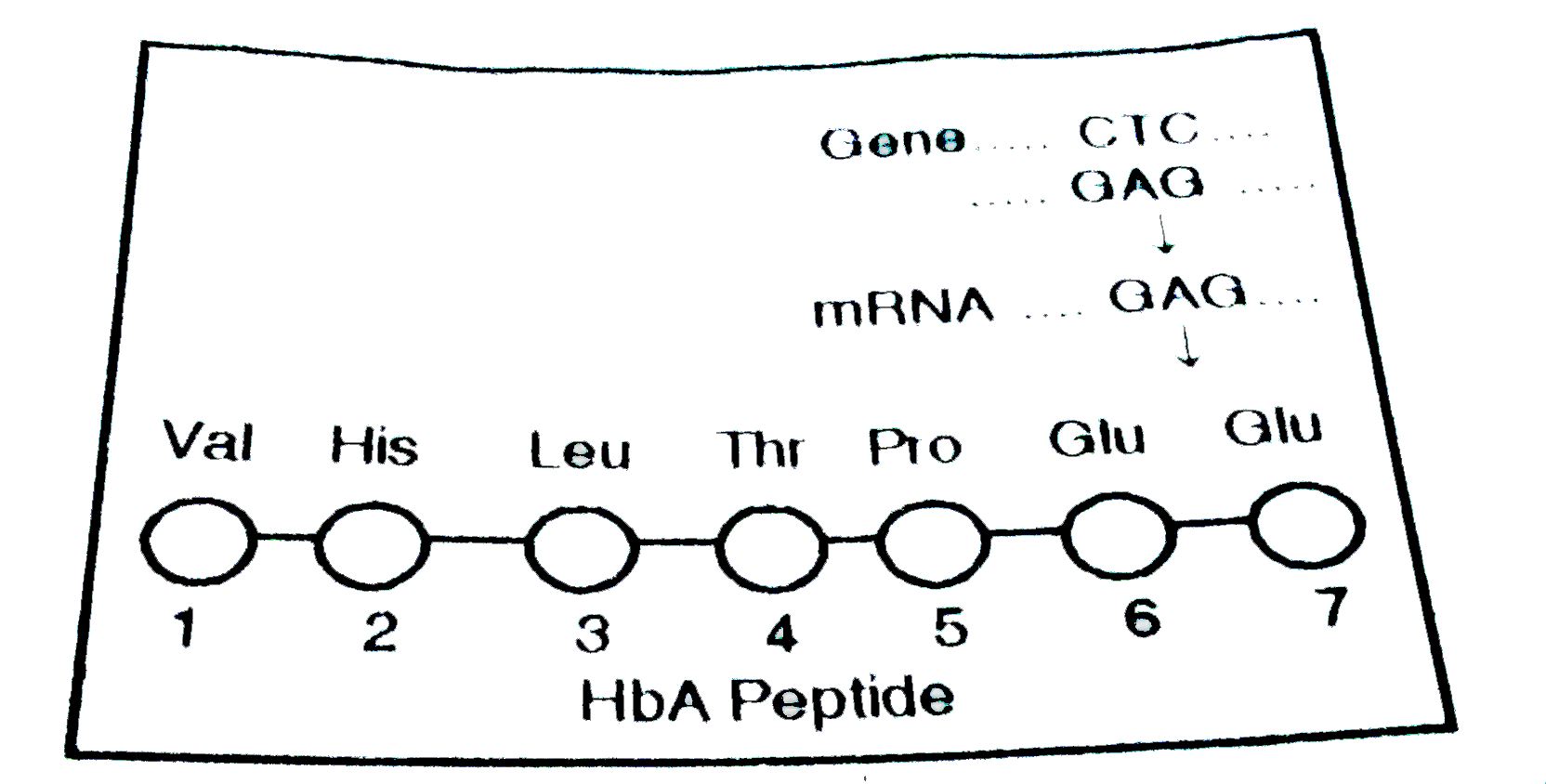Red Blood cells :−
Divide by mitotic division
Divide by meiotic division
Divide amitotically
Do not divide.
The correct Answer is:4
Step-by-Step Solution:
1. Understanding Red Blood Cells (RBCs): Red blood cells, also known as erythrocytes, are the cells responsible for transporting oxygen throughout the body.
2. Characteristics of RBCs: One of the key characteristics of RBCs is that they are enucleated, meaning they lack a nucleus. This is a significant point because the nucleus is essential for cell division.
3. Cell Division Types: There are three main types of cell division:
- Mitotic Division: This is the process by which a cell divides to produce two identical daughter cells.
- Meiotic Division: This is a specialized form of cell division that reduces the chromosome number by half and is essential for producing gametes (sperm and eggs).
- Amitotic Division: This is a less common form of division where the cell divides without the typical mitotic processes, often seen in certain types of cells.
4. Division of RBCs: Since RBCs do not have a nucleus, they cannot undergo mitotic or meiotic division. Therefore, they do not divide at all.
5. Production of RBCs: RBCs are produced in the bone marrow. They have a fixed lifespan of about 120 days. After this period, they are typically destroyed in the spleen due to aging (senescence).
6. Conclusion: Given the information above, the correct answer to the question about the division of red blood cells is that they do not divide.
Final Answer:
Red blood cells do not divide. The correct option is: "don't divide."
---
- Mitotic Division: This is the process by which a cell divides to produce two identical daughter cells.
- Meiotic Division: This is a specialized form of cell division that reduces the chromosome number by half and is essential for producing gametes (sperm and eggs).
- Amitotic Division: This is a less common form of division where the cell divides without the typical mitotic processes, often seen in certain types of cells.
Red blood cells do not divide. The correct option is: "don't divide."
Topper's Solved these Questions
- HUMAN PHYSIOLOGY -IBOOK - ALLENCHAPTER - HUMAN PHYSIOLOGY -IEXERCISE - DIGESTIVE GLANDS
14 Videos
- HUMAN PHYSIOLOGY -IBOOK - ALLENCHAPTER - HUMAN PHYSIOLOGY -IEXERCISE - PHYSIOLOGY OF DIGESTION AND OTHERS
122 Videos
- HUMAN PHYSIOLOGY -IBOOK - ALLENCHAPTER - HUMAN PHYSIOLOGY -IEXERCISE - Beginners BOX -3
10 Videos
- HUMAN HEALTH AND DISEASEBOOK - ALLENCHAPTER - HUMAN HEALTH AND DISEASEEXERCISE - Question
116 Videos
- HUMAN REPRODUCTION BOOK - ALLENCHAPTER - HUMAN REPRODUCTION EXERCISE - Question
92 Videos
Similar Questions
Knowledge Check
The enzyme that increases the reaction rate between CO2 and H2O in red blood cell is
Acarbonic anhydraseBadenylate cyclaseCcarbonic synthetaseDalkaline phosphatase.The plasma membrane of the red blood cells has ................. A ................. polymers that protrude from its surface and the kind of sugar is controlled by the gene. The gene I has three alleles, ............... B........... The alleles ...........C....... produce a slightly different form of the sugars, while allele .............. D................ does not produce any protein.
AA-protein, B−IA,IB,i,C−IAandIB,D−iBA-sugar, B−IA,IB,i,C−IBandi,D−IACA-fat, B−IA,IB,i,C−IAandi,D−IBDA-sugar, B−IA,IB,i,C−IAandIB,D−i
The size of a red blood cell is 0.000007 m and the size of a plant cell is 0.00001275 m. Compare these two
View SolutionWhich two of the following changes (i-iv) usually tend to occur in the plain dwellers when they move to high altitudes (3500 m or more )
(i) Increase in red blood cell size
(ii) Increase in red blood cell production
(iii) Increased breathing rate
(iv) Increase in thrombocyte count
View SolutionThe term hematocrit means
(a) The percentage of blood having red blood cells
(b) The ratio of blood volume to extracellular space
(c) The percentage of new blood cells formed every 120 days
(d) The percentage of blood having white blood cells
View SolutionWhich of the following is not the reason for very high load of bilirubin ?
(a) Excessive red blood cells in the new born burst, relasing bilirubin
(b) Insoluble bilirubin in the intestine is reabsorbed by the blood
(c) Liver of the new born is too young to cope with the heavy load of bilirubin
(d) Mother's milk contains a high amount of blirubin.
View SolutionEach question contains STATEMENT-I(Assertion) and STATEMENT-2(Reason).Read the statement carefully and mark the correct answer according to the instruction given below:
STATEMENT - 1 : If red blood cells were removed from the body and placed in pure water, pressure inside the cell increases.
STATEMENT - 2 : The concentration of the salt content in the cells increases.
View SolutionGiven below is the representation of a relevant part of amino acid composition of the β-chain of haemoglobin, related to the shape of human red blood cells.

(a) Is this representation of the sequence of amino acids indicating a normal human or a sufferer from a certain blood related genetic disease ? Give reason in support of your answer.
(b) Why is the disease referred to as a Mendelian disorder ? Explain.
View Solution